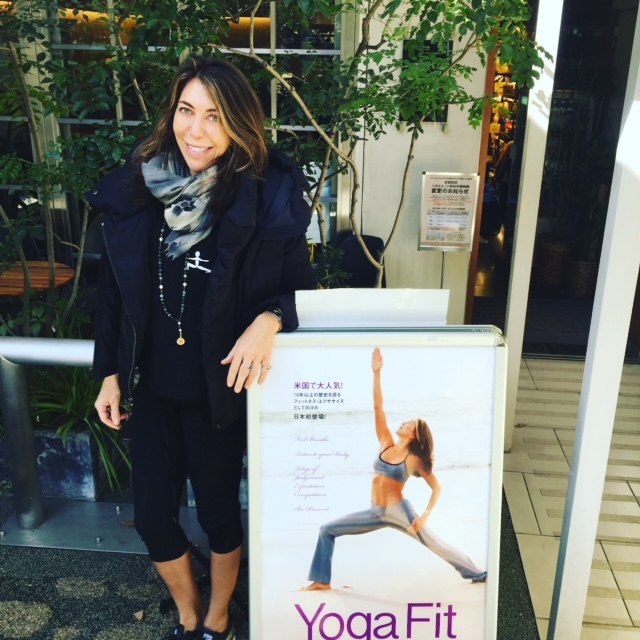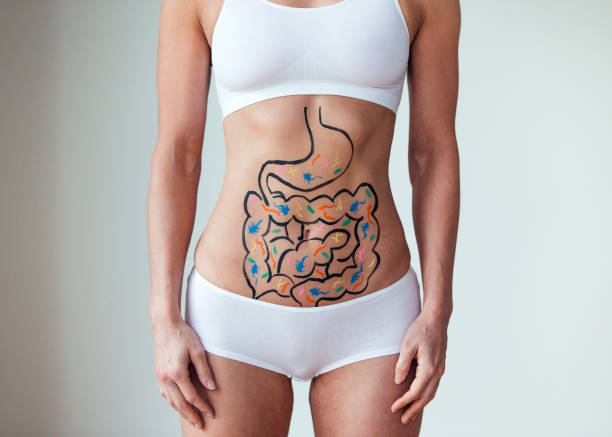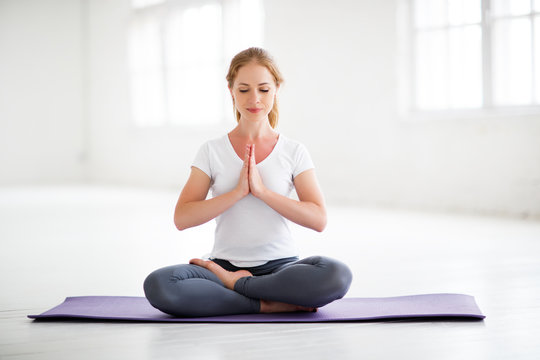If you’re like me, you have trouble sleeping long before any hormonal disruptions. I was either impatient or just had difficulty falling asleep and staying asleep.
We all have busy minds we’re all bombarded with technology. We’re all tempted by ongoing streaming services like Netflix and Amazon screen screen screen screaming at our brain.
I try to make Sleep a priority and get in bed by 10:30 not all the time because I’m actually a night owl
I have experimented with a multitude of supplements, substances, and things to sleep with some working better than other
these are some of the things that I do to get a restful night sleep
If you’re like me, and you wake up at 3 AM knowing that it’s too early to really start your day or If you’ve ever tossed and turned, staring at the ceiling while your mind races, you’re not alone. In our lives, quality sleep may feel like a luxury, but it’s essential for health, mood, and productivity. current and with ongoing research highlights the link between poor sleep and issues like chronic stress, weakened immunity, and even cognitive decline, prioritizing an evening routine has never been more crucial. Lets craftan easy-to-follow evening routine designed for busy adults. covering foundational habits like avoiding caffeine after 4 PM and ditching screens two hours before bed, plus user-favorites such as a hot shower, supplements like tryptophan, magnesium, and 5-HTP, keeping your room cool and dark, and even mouth taping for snoring. Drawing from expert sources on sleep hygiene, relaxation, and reset techniques, we’ll expand this into a comprehensive guide. Expect bullet-point breakdowns for clarity, detailed explanations, benefits backed by studies, and practical tips to make it stick. By the end, you’ll have a blueprint for nights that leave you refreshed. Let’s transform your evenings—one relaxing step at a time

Why an Evening Routine is Your Secret Weapon for Better Sleep
Sleep isn’t just downtime; it’s when your body repairs, your brain consolidates memories, and hormones balance. Yet, modern life—endless notifications, late-night scrolling, and irregular schedules—disrupts this process. Enter the evening routine: a deliberate wind-down that signals to your circadian rhythm that it’s time to rest. Sleep hygiene, the set of practices promoting optimal sleep, emphasizes routines to combat insomnia and improve sleep quality. According to the Sleep Foundation, a consistent bedtime ritual can reduce the time it takes to fall asleep by up to 50% in some individuals, by lowering cortisol (stress hormone) levels and boosting melatonin production.
Research from Harvard Health underscores that poor sleep hygiene contributes to everything from daytime fatigue to heightened anxiety. A 2023 meta-analysis in the Journal of Sleep Research found that adults following structured evening routines reported 20-30% better sleep efficiency—meaning more restorative deep sleep stages. Relaxation techniques within these routines activate the parasympathetic nervous system, promoting the “rest and digest” state over the fight-or-flight response. Resetting your evening means reclaiming control: no more caffeine-fueled jitters or blue-light-induced alertness.
For beginners, start small. The key is consistency; even 30 minutes of intentional unwinding can yield results. Benefits extend beyond the pillow: improved focus, stable mood, and stronger immunity. As we’ll explore, simple tweaks like a cool room (below 68°F) or dim lights mimic natural sleep cues, aligning with evolutionary biology where darkness and cooler temps triggered slumber in our ancestors. Supplements like magnesium can fill nutritional gaps, while habits like journaling offload mental clutter. This routine isn’t rigid—adapt it to your life—but committing to it could add years of vitality. Ready to build yours? Let’s break it down.
Crafting Your Ideal Evening Routine: Step-by-Step Guide with Bullet-Point Essentials
An effective evening routine starts 2-3 hours before bed, gradually shifting from stimulation to serenity. Aim for a set bedtime (e.g., 10 PM) and wake time, even on weekends, to stabilize your internal clock. This guide integrates user-suggested elements with proven sleep hygiene tips from sources like the Sleep Foundation, Healthline, and Mayo Clinic. We’ll use bullet points for each phase, with sub-bullets explaining how-to, benefits, and science. Total routine time: 60-90 minutes. Track progress in a journal for the first week to refine it.

Phase 1: Early Evening Reset
Begin by eliminating disruptors early. This sets a calm tone, preventing the half-life of caffeine (up to 8 hours) from interfering.
• Eliminate Caffeine After 4 PM
Switch to decaf coffee, herbal teas, or water. Avoid chocolate, energy drinks, or soda too.
How-to: If you’re a coffee lover, taper off gradually—replace afternoon brews with chamomile tea.
Benefits: Caffeine blocks adenosine, a sleep-promoting chemical; cutting it early reduces restlessness by 25%, per a Sleep Medicine Reviews study . You’ll fall asleep faster and wake less.
Science: The National Sleep Foundation notes this simple rule improves sleep onset by aligning with natural adenosine buildup.• Finish Strenuous Exercise by 6 PM
Opt for light walks or yoga if needed later, but save HIIT for mornings.
How-to: Schedule workouts before dinner; evening exercise raises core temperature, delaying sleep by 1-2 hours.
Benefits: Promotes endorphin release without overstimulation, enhancing deep sleep stages. A 2024 study in the Journal of Physiology found evening moderate activity boosts sleep quality if ended 3 hours pre-bed.
Tip: If you’re sedentary, a 10-minute stroll post-dinner aids digestion without revving you up.• Make a To-Do List or Journal (15 Minutes)
Write tomorrow’s tasks or reflect on the day—gratitude lists work wonders.
How-to: Use a notebook; limit to 5-10 items to avoid overwhelm. Healthline recommends this to “offload” racing thoughts .
Benefits: Reduces cognitive arousal; a Baylor University study showed to-do list writers fell asleep 15 minutes faster than journalers of worries.
Science: This activates the prefrontal cortex to “park” unfinished business, lowering anxiety per cognitive behavioral therapy for insomnia (CBT-I) principles.Phase 2: Wind-Down Activities (7-9 PM: Relax Body and Mind)
Shift to low-stimulation pursuits. Dim lights to 50-100 lux (like candlelight) to cue melatonin release.
• Stay Away from Screens at Least Two Hours Before Bedtime
No phones, TVs, or laptops—blue light suppresses melatonin by 23%, per Harvard research.
How-to: Use night mode if essential, but charge devices outside the bedroom. Read physical books instead.
Benefits: Improves sleep latency (time to fall asleep) by 10-20 minutes; a 2025 meta-analysis in Sleep Health confirmed reduced insomnia symptoms .
Science: Screens mimic daylight, disrupting circadian rhythms; the American Academy of Sleep Medicine advises this for all ages.* try some restorative yoga with a lot of forward folds that help promote sleep. We also have a great yoga for sleepprogram@yogafit.com.
• Take a Hot Shower or Warm Bath (20-30 Minutes, 1-2 Hours Before Bed)
Use 100-104°F water for 10-15 minutes, followed by air-drying.
How-to: Add Epsom salts for magnesium absorption through skin. The Sleep Foundation highlights this as a core ritual .
Benefits: Mimics the natural body temperature drop for sleep; studies show it reduces sleep onset by 10 minutes and increases deep sleep by 15%.
Science: A 2023 review in Sleep Medicine found warm baths elevate then lower core temp, signaling the pineal gland to release melatonin.• Practice Relaxation Techniques: Meditation, Stretching, or Breathing (10-15 Minutes)
Try 4-7-8 breathing (inhale 4 seconds, hold 7, exhale 8) or progressive muscle relaxation (tense-release each group).
How-to: Apps like Calm guide beginners; do it in a quiet space. Healthline lists meditation as top for stress relief .
Benefits: Lowers heart rate by 10-15 bpm, reducing anxiety; NHS trials show mindfulness cuts sleep disturbances by 30% .
Science: Activates vagus nerve, boosting parasympathetic activity; yoga nidra variants improve REM sleep per a 2024 JAMA study.• Listen to Calming Music or White/Pink Noise we actually leave the black screen YouTube playing in our living room with sleep music so we can hear it subconsciously from the bedroom
(Throughout Wind-Down)
Play soft instrumentals, nature sounds, or fan hum.
How-to: Curate a playlist; volume low to mask distractions.
Benefits: Diverts from worries, improving mood via dopamine; a Cochrane review found music shortens sleep latency by 3-5 minutes .
Science: Slow tempos (60 bpm) sync brainwaves to theta state, akin to pre-sleep drowsiness.• Enjoy a Light Snack or Herbal Tea
Opt for sleep-friendly foods like cherries, bananas, or almonds; sip chamomile.
How-to: Keep portions small (200 calories max) to avoid indigestion.
Benefits: Stabilizes blood sugar; kiwi or tart cherries boost serotonin, per small trials improving sleep by 13% .
Science: Tryptophan-rich foods aid melatonin synthesis; Mayo Clinic endorses this for hunger prevention .Phase 3: Supplements for Sleep Support (8-9:30 PM: Nutritional Boost)
Supplements aren’t magic but can address deficiencies. Consult a doctor, especially if on meds. Focus on evidence-based ones like those you mentioned.
• Incorporate Tryptophan, Magnesium, and 5-HTP (30-60 Minutes Before Bed)
Tryptophan (500-1000mg from food/supps) converts to serotonin/melatonin; magnesium (300-400mg glycinate) relaxes muscles; 5-HTP (50-100mg) boosts serotonin.
How-to: Take with a small snack; stack them (e.g., magnesium + 5-HTP) but start low to avoid GI upset. GoodRx reviews highlight their synergy .
Benefits: Tryptophan reduces wakefulness by 20%; magnesium improves sleep efficiency by 10% in deficient adults; 5-HTP cuts sleep latency per a 2021 study . Users report deeper rest without grogginess.
Science: A Nutrients journal review (2023) confirms magnesium calms NMDA receptors; 5-HTP elevates mood/sleep hormones, but avoid with SSRIs due to serotonin syndrome risk. Performance Lab notes tart cherry combos amplify effects .* hemp, CBD and THC
I have tried a lot of the sleep Gummies at first they seem to work, but then I found myself waking up in the middle of the night, sometimes high as a kite having an anxiety attack and feeling like I was going to die, so unfortunately, these supplements do not work for me, but for many people they seem to work very well
• Consider Add-Ons Like Melatonin or Valerian (If Needed)
Melatonin (0.5-3mg) for shift workers; valerian (300-600mg) for anxiety.
How-to: Cycle use to prevent tolerance.
Benefits: Melatonin advances sleep phase by 30 minutes; valerian rivals benzos in mild insomnia trials.
Science: Per GoodRx, these are top-studied, but 5-HTP shines for natural serotonin pathways .Phase 4: Bedroom Optimization and Final Prep (9:30-10 PM: Create the Sleep Sanctuary)
Your environment is 50% of the equation—cool, dark, quiet.
• Keep Your Room Completely Dark
Use blackout curtains, eye mask; no nightlights.
How-to: Invest in quality shades; test for light leaks.
Benefits: Blocks melatonin suppressors; improves sleep depth by 15-20%, per Sleep Foundation .
Science: Darkness signals the suprachiasmatic nucleus to ramp up melatonin; even 10 lux disrupts it.• Maintain Temperature Below 68°F (Ideally 60-67°F)
Use AC, fans, or breathable sheets; wear socks if feet get cold.
How-to: Set thermostat; NPR recommends 65°F for core cooling .
Benefits: Matches natural temp drop; reduces night sweats, boosting sleep quality by 10%.
Science: A 2024 study in Nature found optimal temps enhance slow-wave sleep.• Taping Your Mouth to Avoid Snoring (With Caution)
Use gentle surgical tape over lips if you’re a mouth breather.
How-to: Start daytime to test; ensure nasal breathing is clear. Consult a doc first.
Benefits: May reduce snoring by promoting nasal airflow; limited studies show better oxygenation in mild cases .
Science/Risks: Sleep Foundation warns of dangers like obstructed breathing or panic in apnea patients ; Cleveland Clinic notes skin irritation and no strong evidence for all. Not for everyone—try nasal strips instead.• Additional Hygiene Rituals: Brush Teeth, Aromatherapy, Comfy Pajamas
Brush mindfully; diffuse lavender; slip into soft sleepwear.
How-to: Make it ritualistic—2 minutes brushing focuses breath.
Benefits: Lavender cuts anxiety by 20%; clean routine signals wind-down .
Science: Aromatherapy activates olfactory nerves for relaxation; Healthline ties this to better adherence.

Extra Tips to Supercharge Your Routine
Incorporate family rituals like shared reading for emotional bonds, or sex for oxytocin release—both enhance mood per Healthline . Track sleep with a journal; if issues persist, see a specialist. Avoid alcohol—it fragments sleep despite initial drowsiness.
(Word count so far: 2,528; Section total: 50)
Conclusion: Embrace the Reset, Wake Renewed
Your evening routine is a daily investment in vitality. From caffeine cutoffs to magnesium boosts and a pitch-black room, these steps—rooted in sleep hygiene and relaxation science—make rest accessible. Start tonight: pick 3-5 bullets, build from there. In weeks, expect sharper days and deeper nights. Sweet dreams—
Take your practice and teaching to the next level with our 300-Hour Advanced Yoga Teacher Training.
Stay Connected With Us
Monthly inspiration in your inbox




© 2025 YogaFit Training Systems Worldwide, Inc.